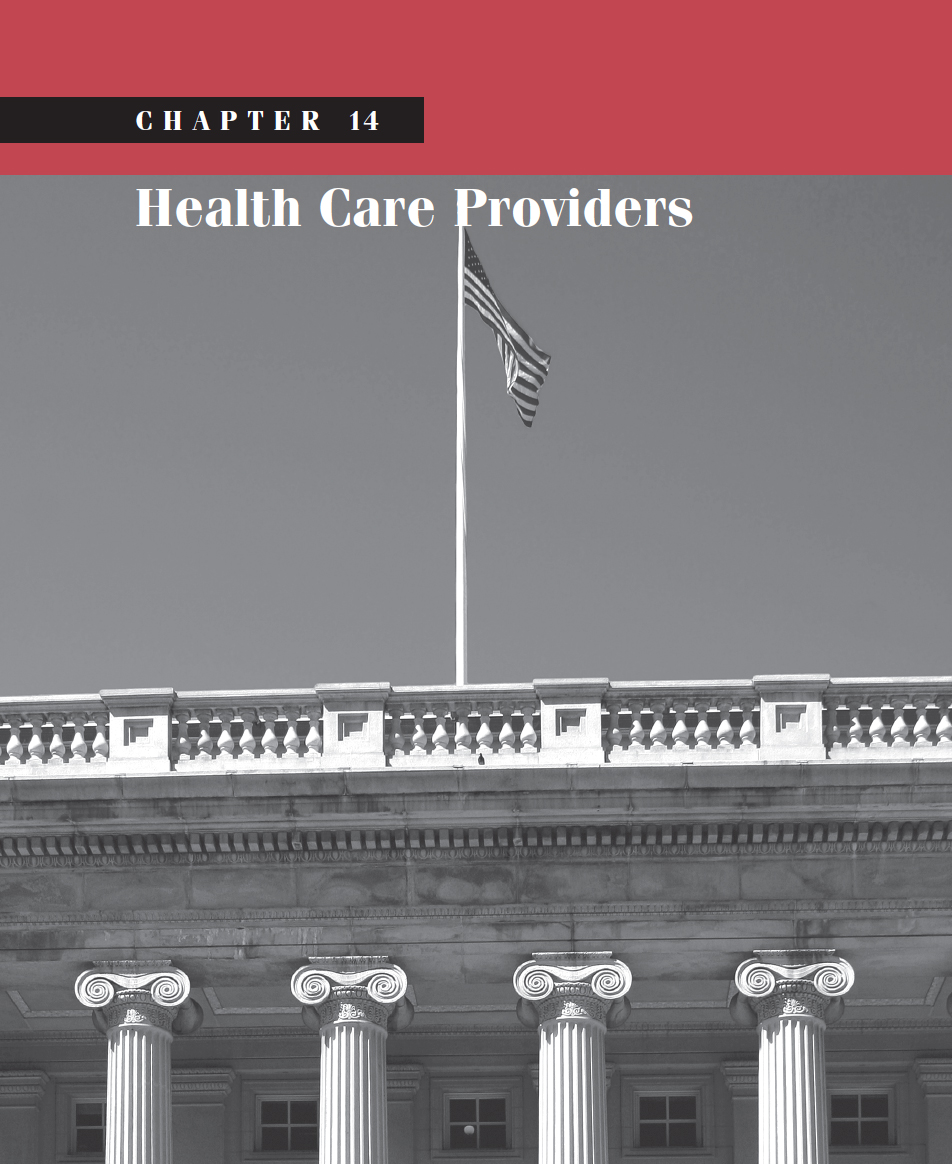
LEARNING OBJECTIVES
After studying this chapter you should understand:
- The unique issues faced by not-for-profit health care providers
- The different reporting requirements of government and nongovernment (other not-for-profit) health care providers
- The differences in financial statements of government and nongovernment health care providers
- How health care providers account for revenues and expenses
- How fee for service revenues are recognized
- What capitation revenues are and how they are recognized
- Why bad debts must be distinguished from charity care
- Why malpractice claims are of major concern to health care providers and how they should be accounted for
- The accounting issues presented by “retrospective” insurance premiums
Chapter 12 provides an introduction and covers the accounting and financial reporting issues of not-for-profit organizations. Chapter 13 discusses the unique issues facing colleges and universities. In this chapter we address the special issues faced by health care providers. Accounting and financial reporting for health care organizations warrant separate coverage because of the importance and size of this sector not only in the United States but globally as well. The total national health care expenditures in the United States grew from $42 billion in 1965 to $2.7 trillion in 2012, and is projected to reach $4.7 trillion by 2021.1 The amount spent on health ...
Get Government and Not For Profit Accounting: Concepts and Practices, 6th Edition now with the O’Reilly learning platform.
O’Reilly members experience books, live events, courses curated by job role, and more from O’Reilly and nearly 200 top publishers.

